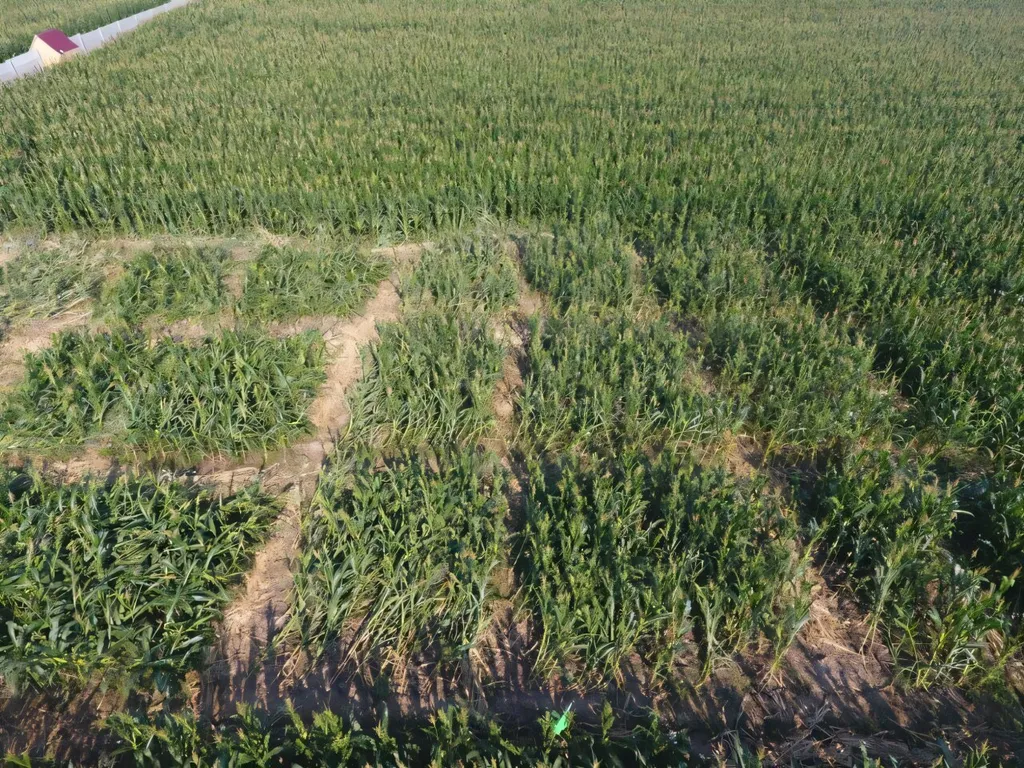In the ever-evolving landscape of precision agriculture, a groundbreaking study published in *PeerJ Computer Science* is set to revolutionize how farmers monitor and manage crop growth. Led by Yihan Yao from the College of Information and Management Science at Henan Agricultural University, the research introduces a novel phenology-adaptive framework that leverages unmanned aerial vehicle (UAV) remote sensing and advanced ensemble learning techniques to estimate key crop parameters with unprecedented accuracy.
The study focuses on two critical indicators of crop health: leaf chlorophyll content (LCC) and fractional vegetation cover (FVC). These parameters are vital for assessing crop growth and predicting yields, but traditional estimation methods often fall short when applied across the entire growth period of crops. Conventional single models tend to exhibit significant accuracy variations at different growth stages, leading to inconsistent and unreliable data.
To address this challenge, Yao and his team developed a framework that integrates vegetation indices (VI) and texture features (TF) derived from UAV imagery. By employing advanced ensemble learning models—Stacking, Bagging, and Blending—the researchers conducted the first systematic comparison of these models for estimating LCC and FVC in maize crops.
The results were nothing short of remarkable. The Stacking model, when combined with VI and TF inputs, achieved a breakthrough in estimation accuracy. For LCC, the model demonstrated an R2 value of 0.945, with a root mean squared error (RMSE) of 3.701 SPAD units and a mean absolute error (MAE) of 2.968 SPAD units. For FVC, the model achieved an R2 value of 0.645, with an RMSE of 0.045 and an MAE of 0.036. These results represent a more than 20% accuracy gain in early growth stages, a significant improvement over traditional methods.
“This research successfully applied spectral, texture features, and ensemble learning to achieve high-precision estimation of LCC and FVC,” Yao explained. “It provides a methodological reference for high-performance crop trait parameter estimation, which can greatly benefit the agriculture sector.”
The commercial implications of this research are vast. Accurate and timely estimation of crop parameters can lead to more informed decision-making, optimized resource allocation, and ultimately, increased crop yields. Farmers can use this technology to monitor crop health in real-time, identify potential issues early, and take corrective actions before they escalate. This can lead to significant cost savings and improved productivity, making agriculture more sustainable and profitable.
Moreover, the integration of UAV remote sensing and ensemble learning models opens up new avenues for precision agriculture. As Yao noted, “The framework we developed can be easily adapted to other crops and regions, making it a versatile tool for modern farming practices.”
The study’s findings are a testament to the power of advanced technologies in transforming traditional agricultural practices. By harnessing the capabilities of UAVs and ensemble learning, farmers can now access more accurate and reliable data, paving the way for smarter and more efficient farming.
As the agriculture sector continues to embrace digital transformation, research like Yao’s will play a crucial role in shaping the future of farming. The integration of cutting-edge technologies with traditional agricultural practices holds the key to addressing the challenges of food security and sustainability in an increasingly changing climate.
In the words of Yao, “This is just the beginning. The potential applications of this technology are vast, and we are excited to see how it will shape the future of agriculture.”

